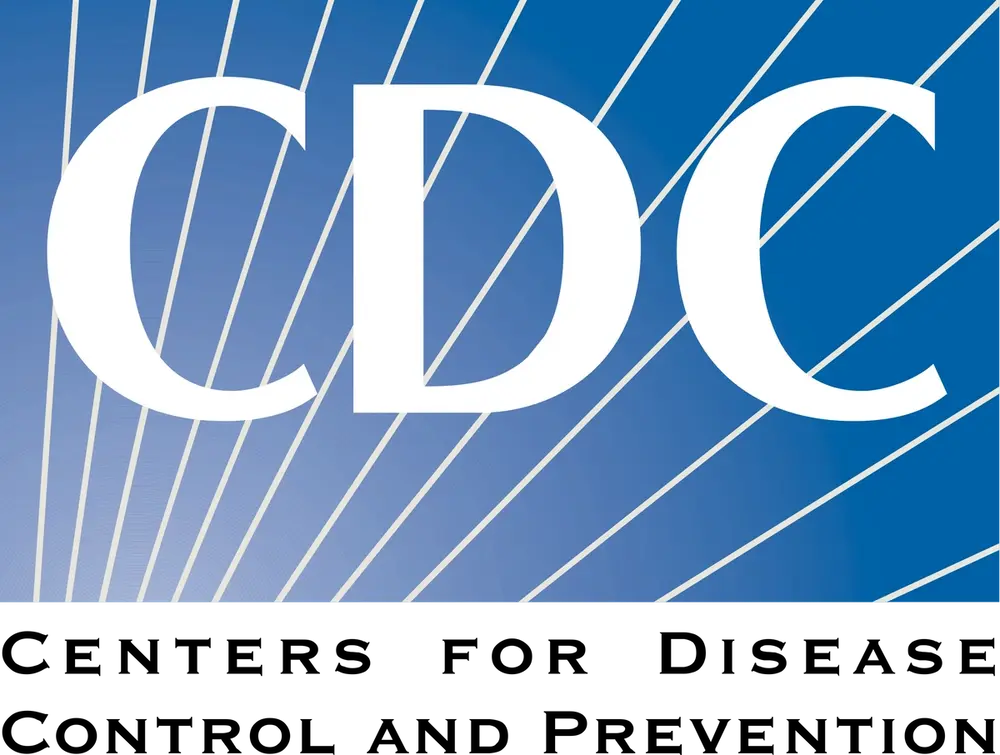CDC: COVID-19 "Perfect Storm" Against Efforts to Reduce Antimicrobial Resistance
CDC attributes a 15% increase in deaths from antimicrobial-resistant infections in 2020 to impacts of COVID-19 on health and healthcare.

There was an approximate 15% increase in both antimicrobial-resistant infections and in related deaths in the US in 2020, following a previous trend of improvement in both areas. This 2020 trend is attributed to a "perfect storm" from waves of the COVID-19 pandemic, according to a 2022 Special Report from the Centers for Disease Control and Prevention (CDC).
The report, COVID-19 US Impact on Antimicrobial Resistance, was developed principally by the CDC's Antibiotic Resistance Coordination and Strategy Unit, within the Division of Healthcare Quality Promotion, National Center for Emerging and Zoonotic Infectious Diseases.
The confluence of elements in the pandemic that reversed progress against antimicrobial-resistant infections included a surge in antibiotic use for the increased numbers of patients with severe illness of then unknown cause, which often involved infection-risk medical devices such as catheters and ventilators.
In addition, the report identified insufficient healthcare workers, equipment and resources to attend to the increased number of severely ill patients while continuing to implement infection prevention and control guidance and maintain antimicrobial stewardship programs. The latter contributed not only to the spike in "superbug" infections, but to gaps in data the CDC would have included in the report.
In her forward to the report, Rochelle Walensky, MD, MPH, director of the CDC declared, "these setbacks can and must be temporary. The COVID-19 pandemic has made it clear—prevention is preparedness."
"After more than 2 years of responding to COVID-19, the threat of antimicrobial resistance is not only still present, but has become an even more prominent threat," she emphasized.
The magnitude of the threat is documented in the report, including more than 29,400 deaths during the first year of the pandemic from antimicrobial-resistant infections associated with healthcare, of which 40% arose during hospitalization.
Data on 9 of the pathogens that the CDC regularly monitors for developing resistance to available therapies were delayed or unavailable from 2020. From the available data, treatment-resistant infections arising during hospitalization increased between 13% to 78% in 2020:
- Carbapenem-resistant Acinetobacter, hospital onset increased 78%; overall 35%
- Antifungal-resistant Candida auris, 60% overall increase
- Carbapenem-resistant Enterobacterales, hospital onset increased 35%; overall stable
- Antifungal-resistant Candida, hospital onset increased 26%; overall 12%
- Extended spectrum beta-lactamase (ESBL)-producing Enterobacterales, hospital onset increased 32%; overall 10%
- Vancomycin-resistant Enterococcus, hospital onset increased 14%; overall 16%
- Multidrug-resistant P aeruginosa, hospital onset increased 32%; overall stable
- Methicillin-resistant Staphylococcus aureus, hospital onset increased 13%; overall stable
The report highlights the disruption of antibiotic prescribing patterns, noting that as COVID-19 cases increased in hospitals, so did the volume of antibiotics. It points out that although antibiotics were frequently started upon admission, several studies later showed that patients admitted with COVID-19 rarely had bacterial infections.
Approximately half of the hospitalized patients received ceftriaxone; which the report notes was commonly prescribed with azithromycin. It suggests that this prescribing pattern reflects the difficulties in distinguishing COVID-19 from community-acquired pneumonia on hospital admission.
Antibiotic use also spiked in nursing homes, as COVID-19 cases increased. In particular, azithromycin use was 150% higher in April 2020 and 82% higher in December 2020 than the same months in 2019. Antibiotic use in outpatient settings dropped in 2020, which the report attributes to an overall decrease in outpatient health care, as well as in the spread of other respiratory illnesses which often lead to antibiotic prescribing.
Walensky called for increasing investments, and the capacity to reduce antimicrobial-resistant infections while also preparing for new public health threats. "We must prepare our public health systems to fight multiple threats, simultaneously," she wrote. "Because antimicrobial resistance will not stop, we must meet the challenge."
